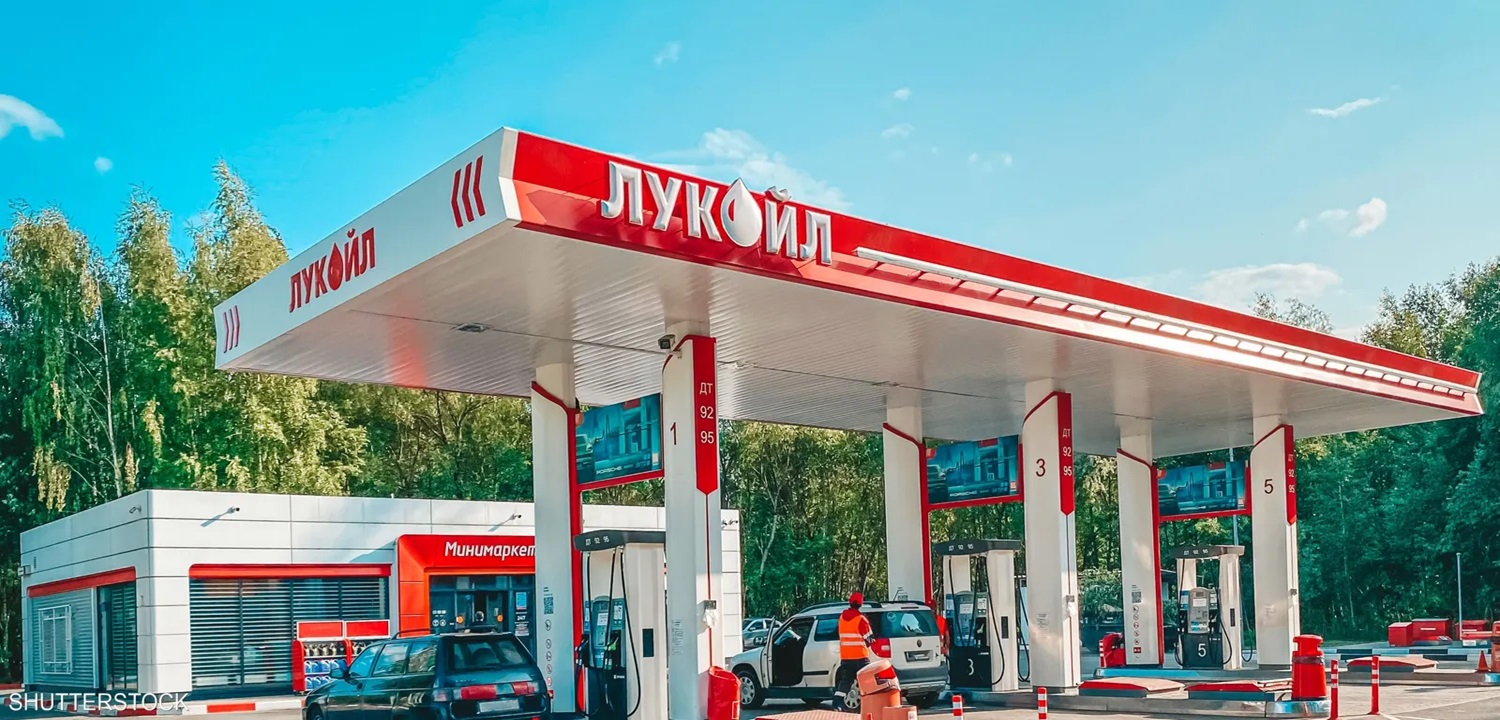The Russian Energy Ministry lifted restrictions on gasoline exports, after removing most restrictions on diesel exports the previous month. The ministry stated that there was a surplus in supplies, and wholesale prices fell.
The Ministry warns of the possibility of imposing a ban on exports again if necessary, and indicates that gasoline stocks have risen to more than one million tons.
The Ministry indicates that the local market has become saturated after refining large quantities of oil during the past two months, which has led to a surplus in gasoline supplies.
“A decision has been made to end the temporary ban on gasoline exports,” according to the addendum.
The complexities of lifting the embargo on Russia in reducing oil and gasoline exports
Lifting the embargo could impact Russia's efforts to reduce exports of oil and gasoline products by 300,000 barrels per day until the end of the year, which is above the average in May and June.
However, Russia announced that it will continue with additional voluntary supply cuts until the end of December in accordance with the OPEC+ alliance.
According to sources in the oil sector, the remaining restrictions are expected to be lifted in mid-November, with the ban being lifted once the local market stabilizes. Expectations expect that the restrictions will be lifted after the grain harvest is complete.
Russian President Vladimir Putin called on his government to take more effective measures to combat rising prices a few months before the presidential elections. Russians are concerned about the deterioration of purchasing power as a result of inflation.
Domestic gasoline prices were at a record high before the restrictions were imposed, due to a weak ruble, rising global oil prices and repair work at refineries that restricted supplies.
The rise in fuel prices at the beginning of September directly affected farmers, as they were unable to harvest their crops due to a lack of fuel for their machines. According to the local Russian press.





